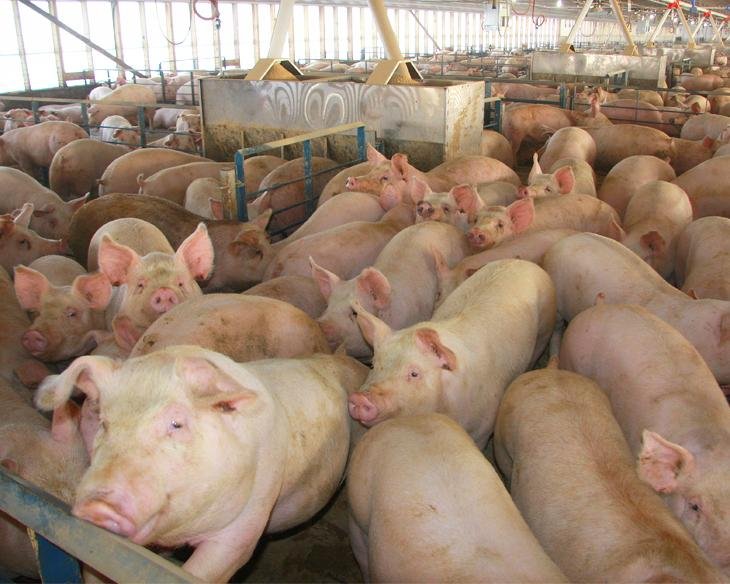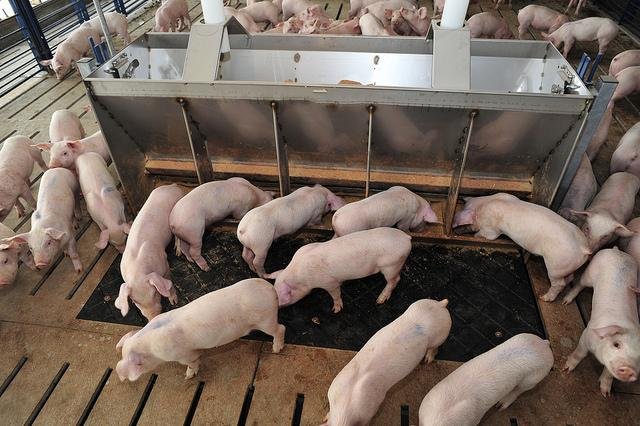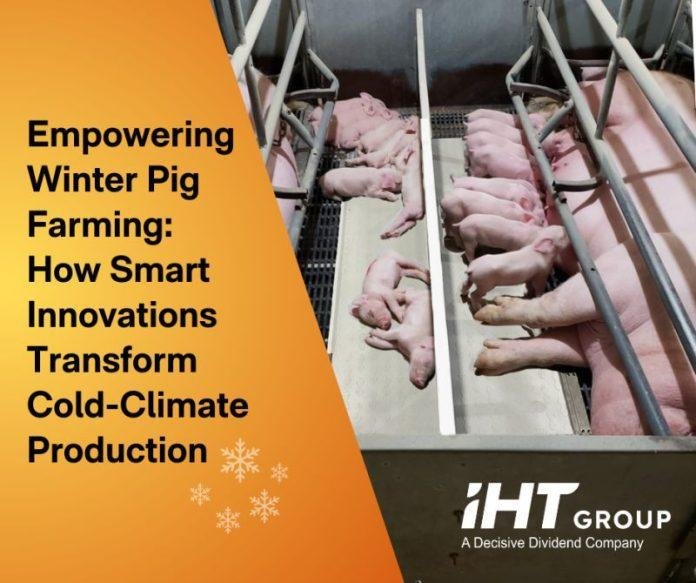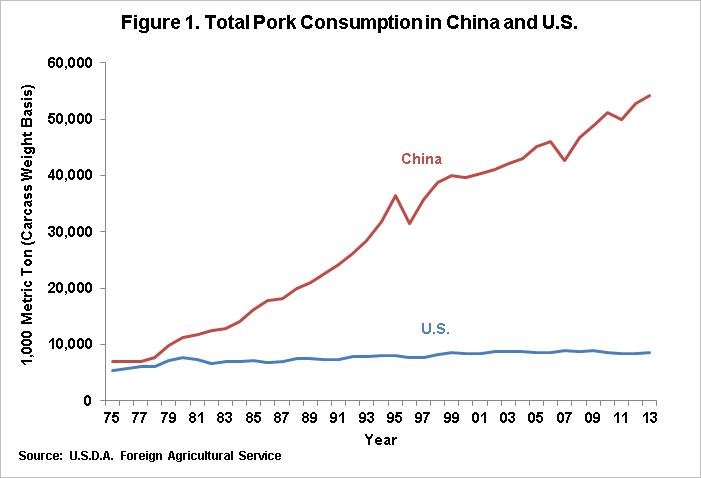Hog prices are currently supporting solid farrow-to-finish margins in the $40 per head range, a welcome scenario for pork producers navigating an ever-fluctuating commodity environment. Notably, last week’s farrow-to-finish margin was recorded at approximately $37 per head, marginally off its peak but still robust relative to the recent past. Pork producers are seeing strong positives due to favorable sales receipts outpacing feed and other input costs during April.
Margins around $40 per head represent meaningful profitability when compared with previous cycles, where volatility often clipped earnings into single digits or negative territory. Earlier in 2025, margins climbed by as much as $12 from one week to the next—with some operations realizing highs near $44.50 per head—demonstrating that upward price adjustment can rapidly materialize given favorable supply and demand dynamics.
Operating a farrow-to-finish system entails specific sensitivity to both input prices (like feedstuffs) and market hog valuations. The Livestock Gross Margin formula computes expected gross margin using actual swine prices multiplied by industry coefficients for average carcass yield and assumed marketing weights—subsequently subtracting anticipated feed costs from three months prior (for these enterprises), which may induce substantial lag effects if grain values shift unexpectedly.
March saw particularly dynamic market behavior: lean hog futures fell sharply by about 10%, driven partially by concerns tied to performance pressure on fresh belly markets—the Lenten season approaching—and ongoing trade disruptions with countries such as Mexico or Canada that act as critical export outlets for American pork. One week before this dropoff began, managed money funds collectively trimmed their net long positions in lean hog contracts by almost 30%. Curiously enough, despite this sell-off happening just after Valentine’s Day (which rarely correlates perfectly with pork fundamentals), spot margins remained relatively stable for many well-hedged producers thanks to simultaneous declines in corn ($4.50/bushel) and soybean meal ($300/ton).
A subtlety easily missed involves how break-even projections move asynchronously: even when market hog pricing recedes—in February’s case led lower by weakened futures—the concurrent dip in projected feeding expenses offset nearly half of what would otherwise have been significant compression of margin opportunities during Q2.
Seasonal throughput patterns also add intrigue; slaughter figures sometimes decline even as plant utilization rates stay high—last week operated at an estimated 89.5% versus 93% previously—which might skew supply-side perception but ultimately keeps cash-market pricing mostly intact owing to still-constrained inventories downstream.
Not every pig producer experiences equivalent results though: hedging strategies laid down months ago have left some operators facing markedly lower than spot returns since they committed output at discounts ranging around $2/cwt–$4/cwt below subsequent late-February price peaks—resulting netted margins closer to only ~$20/head on those lots—a reminder that calendar timing of protective trades is just as important as monitoring daily commodity board fluctuations; whereas others lucked into more lucrative circumstances simply due to later sale dates aligning nicely with the post-correction rebound.
Expansion prospects within commercial finishing remain cautiously optimistic; however, enduring uncertainties about tariffs or abrupt regulatory shifts keep capital expenditures judiciously metered overall—a wise posture given how quickly wild-card “black swan” factors like exports policy could recalibrate forecasts overnight without warning.
On balance then—for Q2 specifically—the intersection between cost relief on key ration components and resilient base-level demand has underpinned sustained profit potential averaging approximately $28–$40/head industrywide despite some pockets of retracement from extreme winter highs earlier observed near mid-February; paradoxically though there were moments when it seemed impossible for profits not hold over forty dollars indefinitely now clearly it isn’t always so linear.
For context: Farrow-to-finish models depend fundamentally upon skillful alignment among genetics selection (increasing growth rate efficiency helps buffer costs somewhat), facilities management practices like biosecurity adherence mitigating health-event losses—and perhaps most critically today—a nimble approach toward risk mitigation through evolving forward sells or options structures keyed closely against historical norms yet responsive enough so that basis changes don’t catch all off guard at once if global news disappoints traders overnight somewhere abroad.
Put succinctly: while quarterly numbers can seem impressive taken in isolation—as they do presently—it is prudent not overlook perennial threats tucked beneath statistical tranquility; unpredictable events lurk persistently across both domestic crop reporting calendars or geopolitics affecting animal protein flows globally—that said currently, hog producers situating themselves astutely amid brisk springtime business enjoy strong farrow-to-finish economics after adjusting capably during first quarter turbulence regardless if their neighbor claims otherwise at auction lot tomorrow morning!




